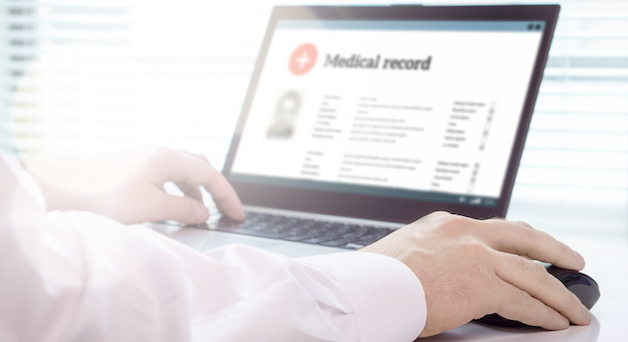
In one day, a huge amount of data transfers throughout modern health practices. Patient data is used in many ways, including sign-in processes, reviewing protected health information (PHI), billing, biometric confirmation, third-party vendors, and more.
What’s more, it’s accessed in many ways. Digital devices, intranet applications, public and private wi-fi - each login creates a window of opportunity for hackers to gain access.
This adds up to vulnerabilities that allow hackers to get what they are looking for.
And studies show patient data is some of the most valuable data on the market. Experian reports medical records are one of the most valuable pieces of information sold on the dark web, fetching $1,000 or more.
Today’s medical practices have two equally necessary functions:
- Caring for patients
- Keeping patient data safe
Medical practitioners may get into the business to help people, but in today’s world, it means protecting privacy as well. Physical, mental, and emotional well-being are all part of the process.
Patient data can be exploited and face cybersecurity threats in many ways:
- mHealth - accessing patients on different devices from anywhere in the world.
- Ransomware - the most common threat medical practices face today because of its easily targeted process.
- Employees - training is an integral part of the protection and risk aversion process.
- Third-party - every interaction is an opportunity for hackers to get in.
Luckily, there are ways to protect patient data, keeping it safe from action by highly motivated cybercriminals.
Access monitoring
Do you know how and where users gain access to patient data? If not, mapping it out is your first step. Once you know where they are, you install systems that automatically detect violations. The goal is to restrict users from accessing sensitive data, only granting permission to those who truly need it.
Access restriction
Every system should require users to log in with their credentials. Shared access should never be possible. Use multi-factor authentication to confirm they are authorized to access patient information.
Encryption
Data should be encrypted both in transit and at rest. This increases the difficulty of outsiders compromising the data. Increased encryption standards exist for any medical organization eligible for HIPAA.
Risk assessments
Just because a system works today doesn’t mean it won’t have vulnerabilities tomorrow. Technology changes at warp speed, creating risk where it once was secure. By performing regular risk assessments, you’ll learn where your weaknesses are before they become problems.
Backup management
If the unthinkable happens, a steadfast backup plan will ensure you have as little downtime as possible.
Protecting data in today’s world is no easy task. It should be carried out with intention and a comprehensive plan.
If you’re unsure of where you stand in any of these areas, it’s time to create a better plan and increase your security. Protecting patient data is critical; what’s your plan?
For IT Strategy, Cloud Conversion, or Help Desk Services reach out to us at Silver Linings Technology 360-450-4759.


